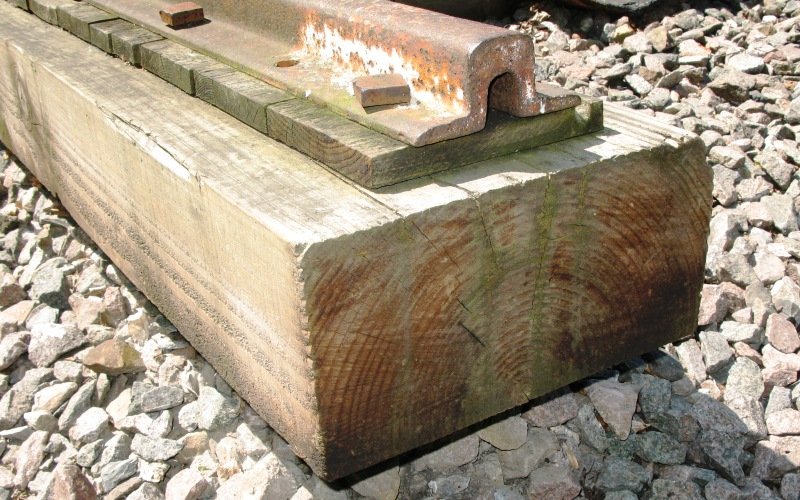THE GREAT WESTERN RAILWAY BOUNDARY POST
Restricted by the topography, the iron road of the Great Western Railway follows a tight path through the town of Bradford on Avon. Approaching from the west the railway crosses the Avon shortly before the railway station itself (where the large car park was in use as sidings and a goods yard until the 1960s).
On departure the line plunges into a tunnel under St. Margaret’s Hill before emerging onto the Bridge Street level crossing. Immediately after this the railway crosses the river again, onto the ‘island site’ and past what was originally the Lower Greenland Mill, latterly the Carpenter’s Workshop on The Hall Estate and now residential dwellings.
Here the lie of the land is such that the railway was built over the mill leat, depriving the mill of its purpose and truncating the building itself. Finally, the rails cross the millstream (originally constructed to feed the Kingston Mill) near to Alex Moulton’s distinctive boat house and by the Bradford (Greenland) weir, before skirting the rising ground on the north side of the river and escaping the town towards Staverton.
The complications and expense in building such a line significantly delayed its opening. Originally schemed as the Wilts, Somerset and Weymouth Railway, Bradford station was not built until the WSWR had been taken over by the Great Western Railway (GWR) in 1850. The station buildings stood alone for several years, and it was not until 1857 that the railway itself was completed and the trains began to run.
Being firmly in the west, the line was built to Brunel’s seven-foot ‘Broad Gauge’, significantly wider than the standard gauge of 4 foot 8 and a half inches. The Broad Gauge, despite its manifest advantages over the standard, eventually lost out to its rival and the line was converted to standard gauge in June 1874.
Hidden away close to the railway on the estate we find a relic of a bygone age. This is a Great Western Railway Boundary post, a heavy cast iron disc mounted on a stout post. On closer examination the post is a length of railway rail, of the distinctive ‘bridge rail’ profile used by Brunel’s Broad Gauge lines. The date on the top is 1898.
Boundary posts were often used by railway companies where land boundaries were not clear (for example, when the boundary did not lie along the line of the railway fencing). It is certainly not obvious in this case why the post is in such a position, but the proximity of a crossing point and an iron stairway (with fish-belly steps) perhaps gives a clue that it may have been marking out an area of access land. There is a second boundary post almost completely buried in the bank a little further to the east.
Meanwhile the trains continue to rumble by, and one can still imagine a young Alex Moulton scrambling for a good vantage point to see them in the 1920s and ‘30s. No doubt the locomotives and rolling stock were more interesting then, but he’d be pleased and delighted to find one of his inventions – the Flexitor gangway spring – on most of the trains that pass today. And that’s a story for another time.
Brunels Bridge Rail (shown on ‘Baulk Road’ timber).
Photograph: Geof Sheppard. Licence: Creative Commons



